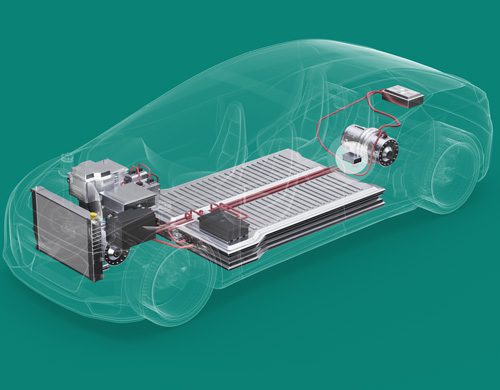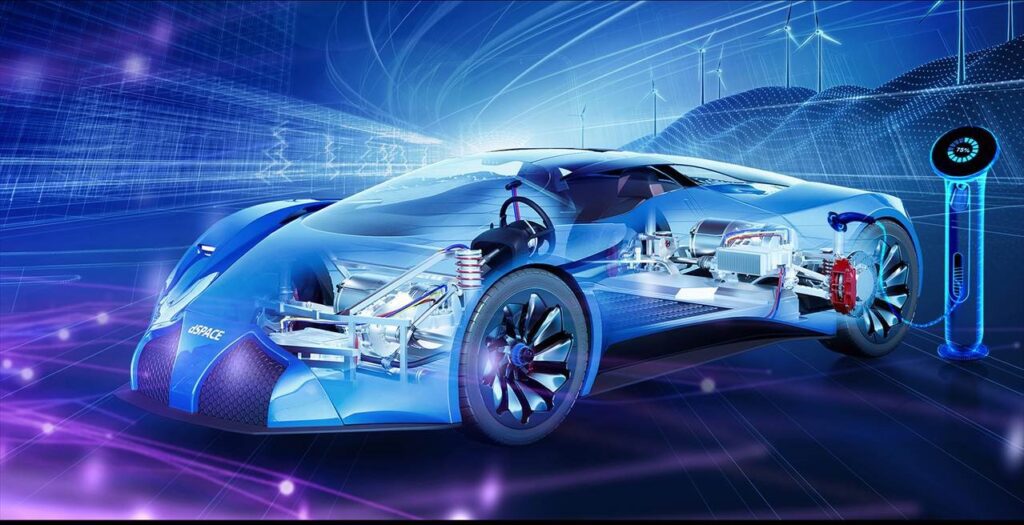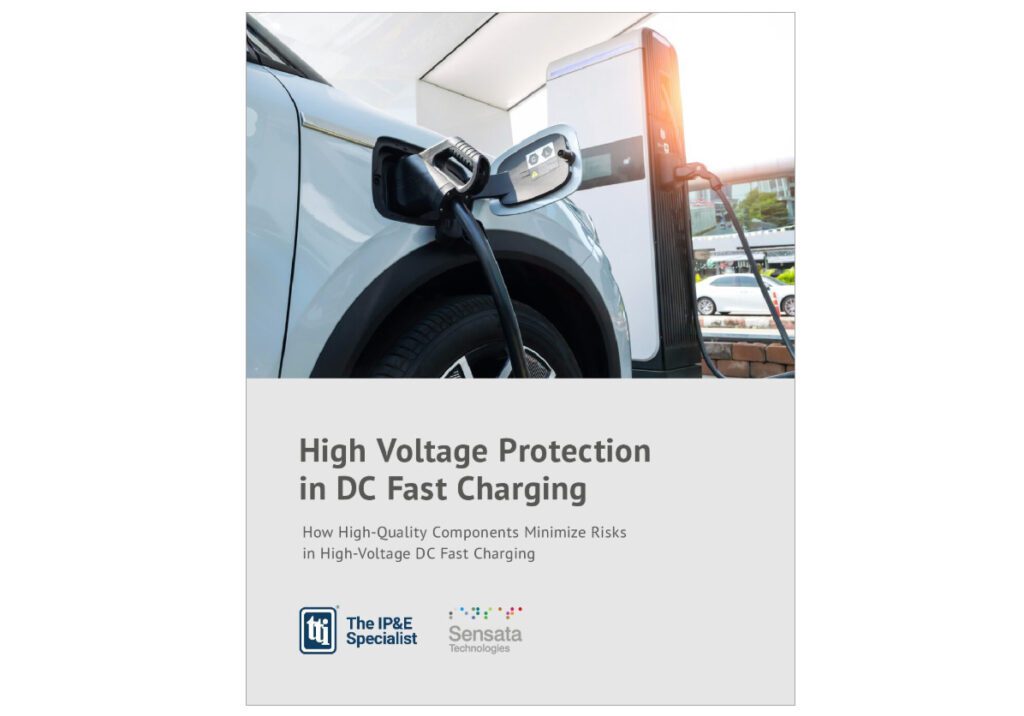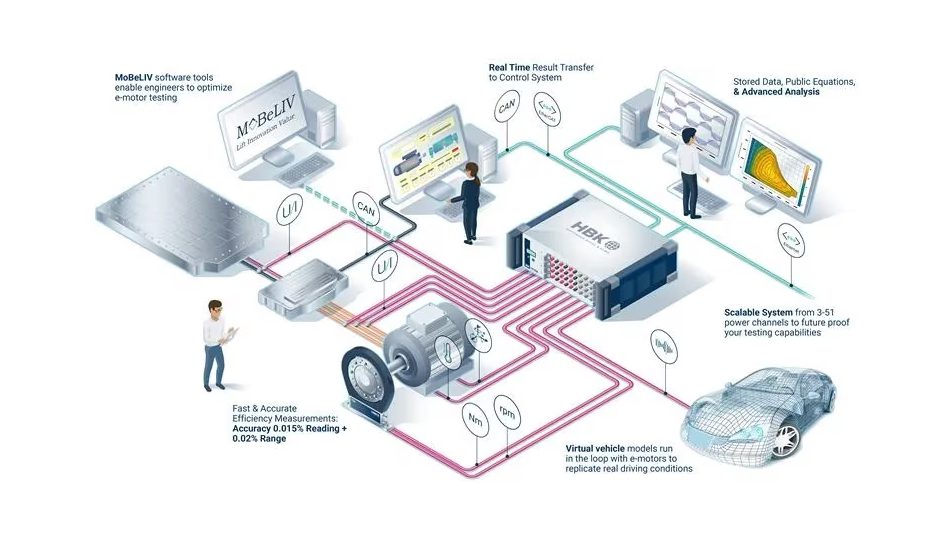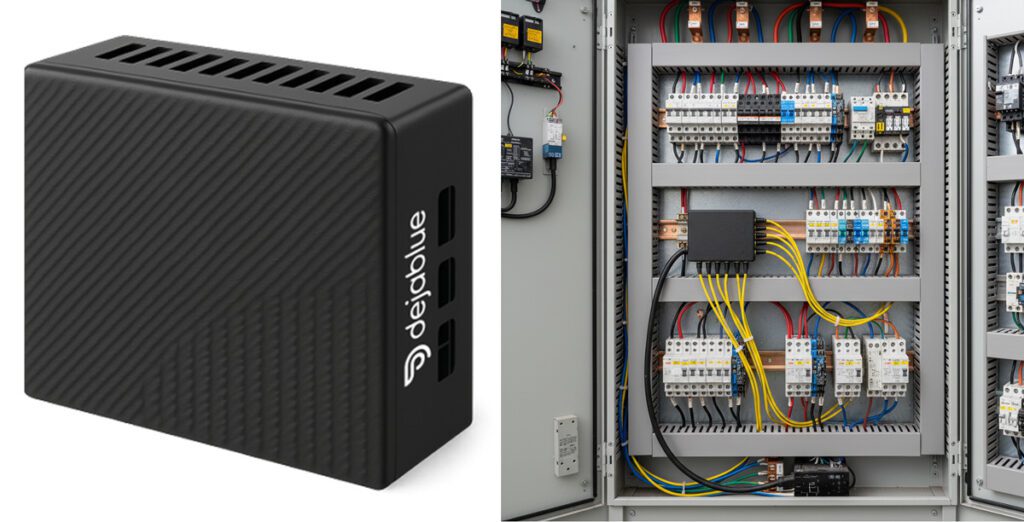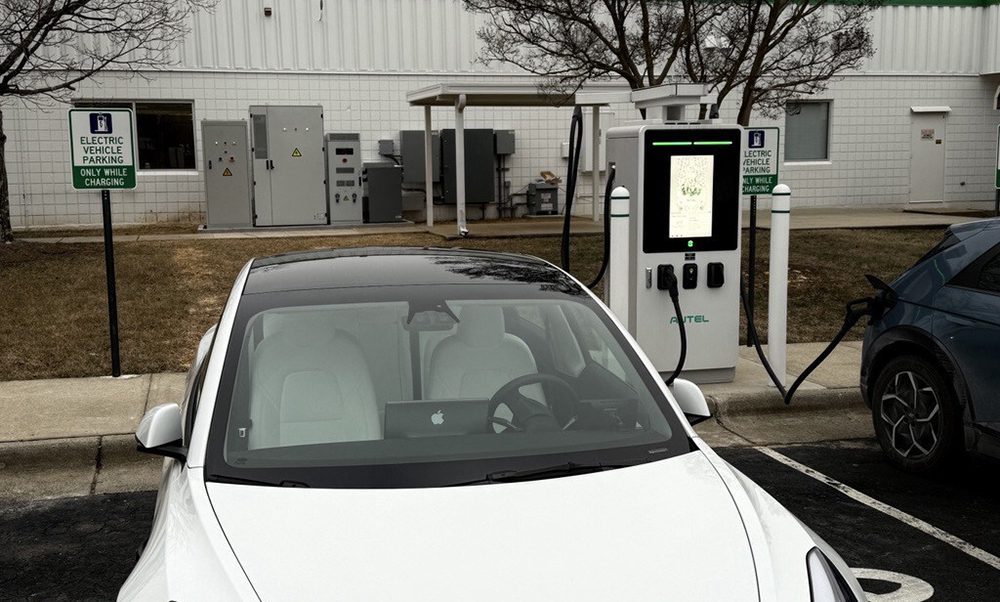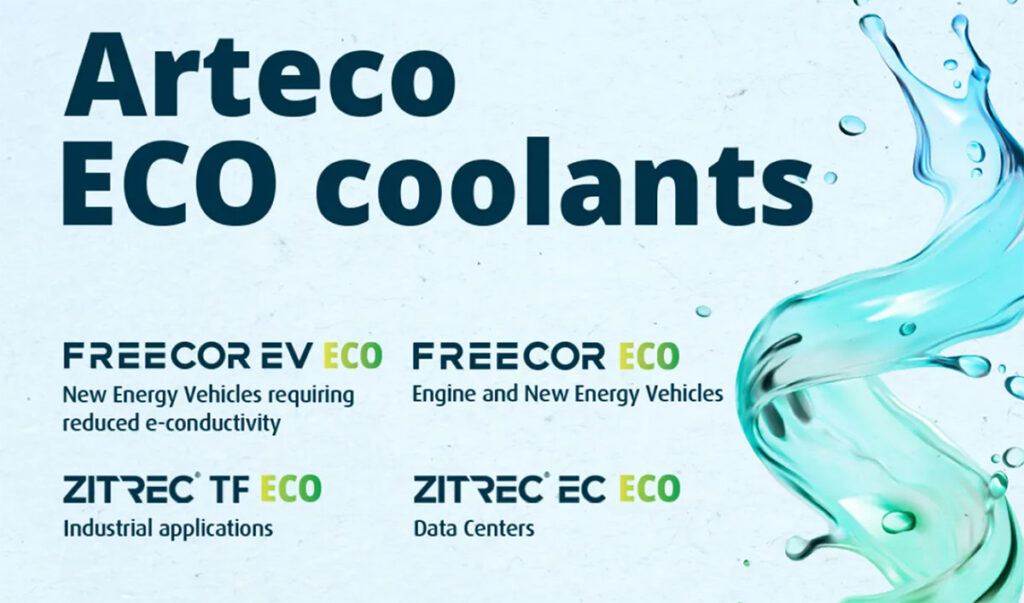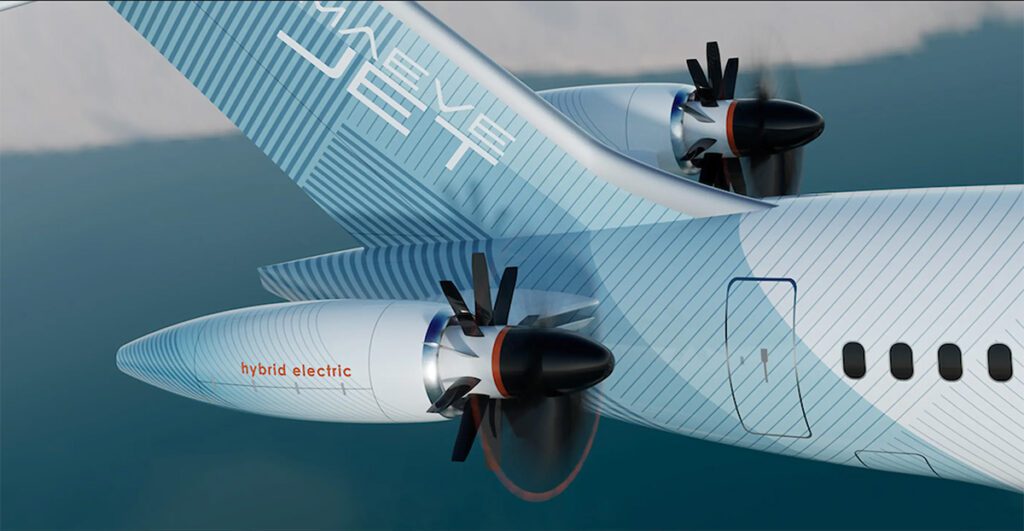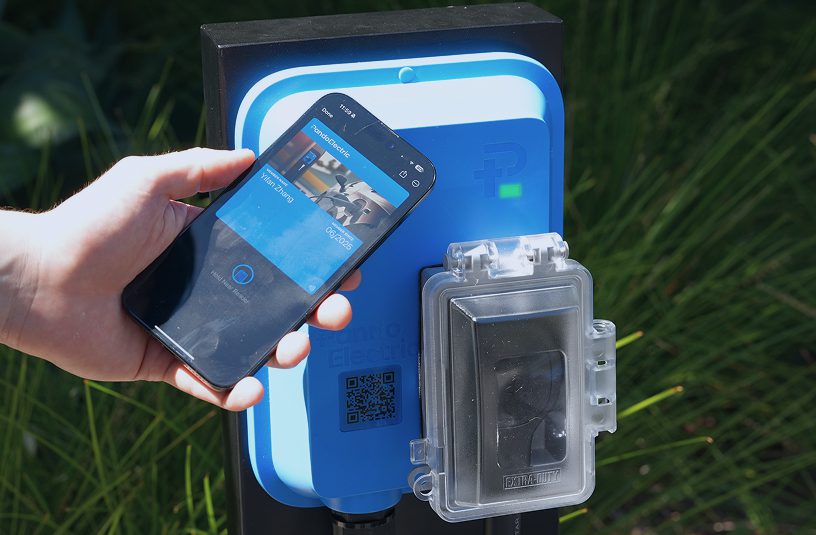How green is an EV? A PHEV? A hybrid? Most Charged readers understand that the answer depends on many factors, including the efficiency of a particular model, the region in which it operates, and the type of driving it’s used for. The clever folks at MIT have devised the ingenious Carbon Counter, an online tool that allows you to compare the lifetime emissions and total cost of ownership of a selection of the most popular cars and light trucks sold in the US.
Car models are plotted on a graph with emissions as the vertical axis and lifetime cost as the horizontal axis, so you can see just how much “green for the buck” a particular model offers (alternatively, you can choose other variables, such as horsepower).
Click on the Customize tab to adjust for different gas prices, different electricity prices, different state and federal incentives, different driving styles, etc.
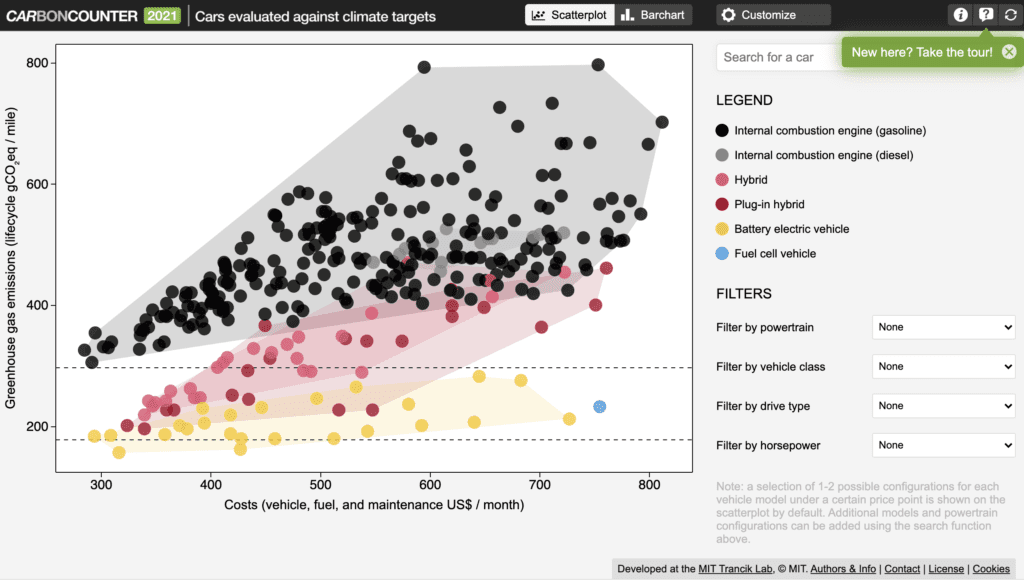
The figures for greenhouse gas emissions account for the entire vehicle lifecycle, including vehicle production, battery production, supply chains and raw materials. The figures for cost include purchase price, fuel and maintenance. (The terms “cheap” or “expensive” as we use them in this article refer to these lifetime costs, without including any federal or state incentives.)
The resulting chart shows a scatter plot representing each vehicle as a colored dot, each color corresponding to a particular powertrain type. Looking at the chart as a whole shows several broad trends, and clicking on an individual dot reveals details for a particular model. (By default, the chart omits vehicles with sticker prices over about $70,000, and it does not include every possible variant of every model, but you can add these models individually. Also note that much of the data is for 2020 models.)
Some of the trends revealed are not surprising. Plug-in vehicles are generally greener than legacy fossil-only models, and pure EVs are the greenest of all. Regardless of what you may read in the “EVs’ dirty little secret” articles that continue to appear on a daily basis, numerous studies done over the past decade have found that an EV produces lower lifetime emissions than a comparable fossil-burner, even if said EV is powered by dirty electricity. Even the biggest and brownest EVs are (at least slightly) cleaner than the smallest and greenest ICE models. The emissions of the dirtiest EV (the Porsche Taycan) are equivalent to those of the cleanest ICE vehicle (the Mitsubishi Mirage).
A couple of trends, however, may be unexpected. The most efficient PHEVs are a little greener than the larger, less efficient pure EVs. When you take lifetime costs into account, you’ll find that, in general, the cleanest models are also the cheapest. (Of course, this has a lot to do with size—larger vehicles tend to be both browner and pricier.) Some of the large PHEVs and hybrids are no greener than the average gas-burner, and some of these are extremely expensive.
One conclusion is apparent at a glance: efficiency, which is often overlooked in comparisons of different plug-in models, is of critical importance when it comes to getting the most green for your green.
Looking at individual models, we find some clear winners and losers.
Big winners:
- Hyundai Ioniq Electric—This is the lowest-emission vehicle you can buy, and it’s one of the cheapest plug-ins on a TCO basis.
- Toyota Prius Prime—This is the greenest PHEV available, and the second-cheapest. Surprisingly, it will deliver lower emissions than many a pure EV, and at a far lower price.
- Tesla Model 3 (Standard Range Plus)—This is the most efficient car on the road, with an MPGe rating of 140, and far from the most expensive. The prestigious Model 3 is the second-greenest EV out there. Tesla’s vehicles are very efficient in general, so even the astronomically-priced variants deliver respectable emissions levels.
Big losers:
- Toyota Mirai—This delivers low lifetime emissions, equivalent to an average battery-electric car, but it has a higher TCO than any BEV other than the Porsche Taycan and some of the higher-level Teslas. Considering the superior performance and greater convenience of a battery-electric model, it’s hard to see any reason to buy this one.
- Audi e-tron and Jaguar I-Pace—These are some of the most expensive and highest-emission plug-in models you can get. Only the Taycan and the Tesla Models S and X are pricier, and the Taycan is only slightly browner. The main reason to opt for one of these would seem to be an extreme aversion to Tesla (or to Elon Musk).
- Porsche Taycan—This is by far the most expensive plug-in vehicle currently on the market. It’s also the least efficient, and has the highest emissions (but it sure is fun to drive).
- BMW X5 xDrive45e—This is the most expensive PHEV listed, and spews emissions equal to those of an average-size ICE vehicle.
Giga-losers:
- Toyota Tundra and Sequoia—These two are tied for the second-highest emissions of any car or light truck sold in the US (the brown crown belongs to the $421,000, 10 mpg Lamborghini Aventador Coupe). These poison-spewing, planet-cooking pieces of crap are arguably the biggest losers since the horrible Hummer. If you must have a gas pickup, go for the cleaner and cheaper Ford F-150 (or better yet, wait a few months).
How wide is the gap between the greenest and the brownest vehicles? Driving a Hyundai Ioniq Electric will result in less than a quarter the emissions of driving a Toyota Sequoia, at half the cost.
Source: Carbon Counter









